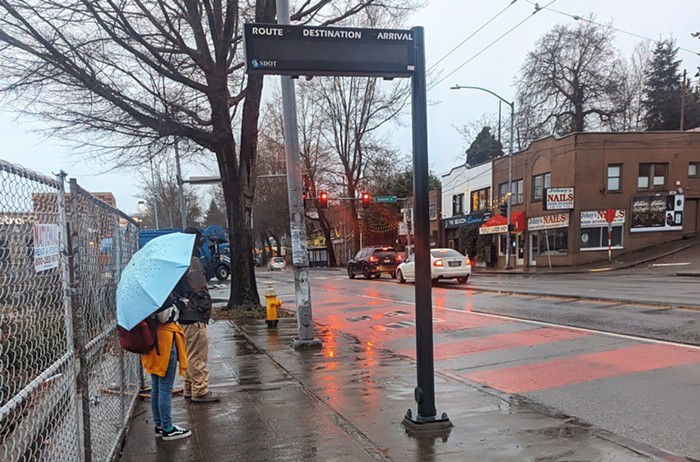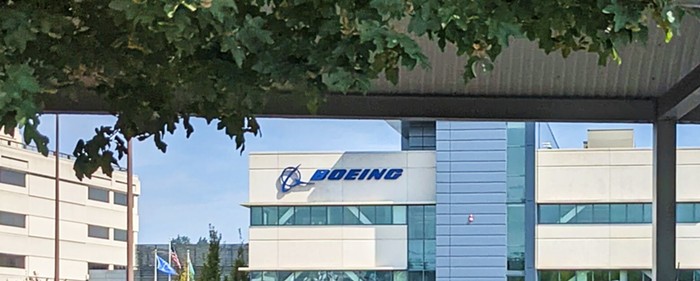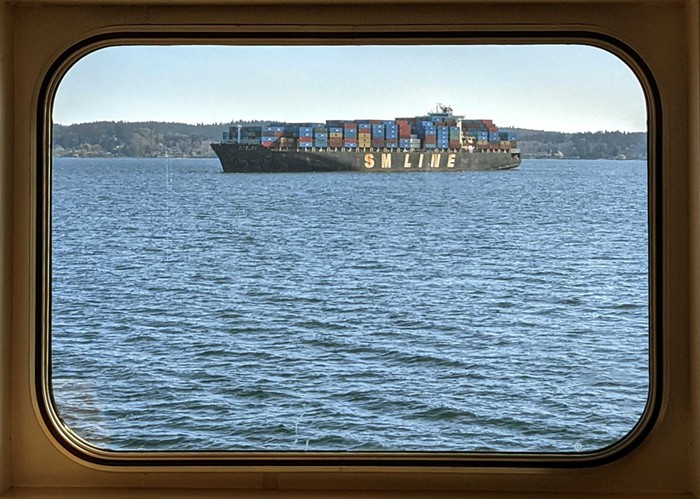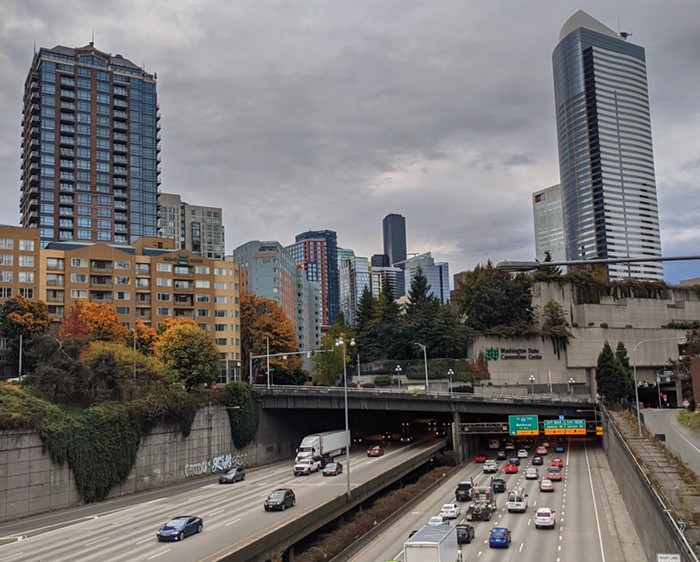
What I can't get enough of these days are videos from around the world that show cars taking on bollards and badly losing. Bollards are "sturdy, short, vertical posts" that are "designed to prevent automotive vehicles from colliding or crashing into pedestrians and structures, whether intentional from ram-raids and vehicle-ramming attacks, or unintentional losses of control." There is a Twitter account, World Bollard Association, devoted to them and their amazing powers. I watch the tweeted videos with the same thrill one experiences during a Marvel Studios movie.
The bollard clearly says STOP and to be fair to the Audi, it did.#WorldBollardAssociation pic.twitter.com/hdUuQ0FkWn
— World Bollard Association™ (@WorldBollard) October 20, 2021
Meanwhile in Seattle...

Once upon a time, six flimsy SDOT posts stood on this dangerous intersection on Rainier Ave. Today, only one remains. The others are down, cracked open, and buried in winter leaves and watery mud. The cars that hit them felt nothing at all and drove right onto the sidewalk. One such car even hit the wall of the Domino's Pizza. (I actually heard that accident with my daughter in 2019.) A pedestrian who crosses this and other parts of Rainier Avenue without checking and double-checking that cars have actually obeyed the red light has placed their only mode of being in the world, their body, in a zone between this world and the next. Indeed, it’s believed by some that the growing number of coyotes in Genesse Park area have not reached our part of the neighborhood, where there are plenty of cats and even chickens, because Rainier Ave is just too dangerous for this new synanthropic animal to cross. The coyotes are hungry, but not that hungry.
The Seattle urbanist Dan Bertolet points us in the right direction when he describes the popularity of useless flex posts in our city as a clear example of what we value most. In our and other American towns, the protection of the driving experience comes first, and that of the walking or bike experience ends up last. One wants to walk and/or bike without thinking about walking or biking. This is easily done if the sidewalks and bike lanes are aggressively protected. But if the walking and biking experience are liberated from fear, this can only mean the driving experience has been confined to a state of constant concentration. In such a situation, the driver must not only spend huge amounts of money on the parking/insurance/maintenance/debt of the vehicle they own but also a cognitive resource that's of great value to advertisers, attention.
THIS is how you protect a cycle lane. Absolute units.#WorldBollardAssociation pic.twitter.com/SnFJfagg8E
— World Bollard Association™ (@WorldBollard) November 20, 2021
Real-deal bollards are not having it. You hit them, you learn right away you are not alone on the road. And this is precisely the trick a car plays on the experience of a driver. It encases them in the belief that they have it all to themselves. This illusion is promoted in ad after ad, and with clear political and economic consequences.
A car shapes the common and human mental schema to approximate the minds of the rich, those who do not (in an immediate sense) need society for their welfare. It's much harder to impose this individualistic mental schema on those who share transportation. And I do very much mean "schema" in Kantian terms. The defining philosopher of German aufklärung thought that the structures of experience were rigid, but as Christian Lotz and other members of the Neue Marx-Lektüre movement argued, they were radically malleable. This social theory or understanding is reinforced in cognitive science by the plain fact of neuroplasticity. Being on a bus has mitsein as its essential experience. Meaning, it is about minding others, something the rich have a very hard time doing. Bollards always say: "Wake up, it's time to drive." Bollards will help us break the bogus spell of individualism.



















